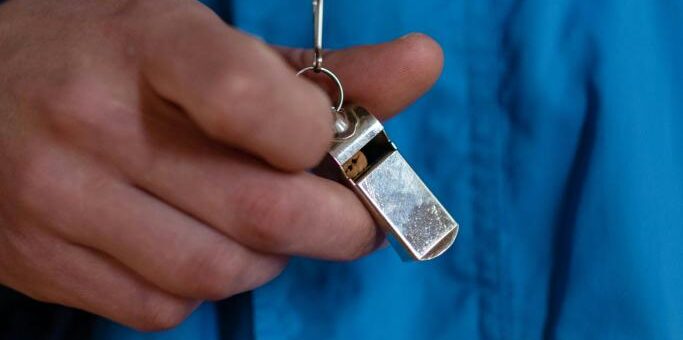Where an employee who has made a protected disclosure is dismissed, can the dismissal be unfair if the decision-maker is merely aware that the employee has made a disclosure, or is some understanding of the details of the disclosure required? That question was answered in an Employment Appeal Tribunal (EAT) ruling.
A man had raised various concerns relating to the management style of his employer’s CEO. A meeting took place in which he claimed that issues raised in another employee’s exit interview were discussed. He sent an email stating that this was inappropriate and amounted to bullying and harassment in respect of the employee concerned. His email might have been forwarded to the CEO but was not read by her.
After he was dismissed, purportedly on redundancy grounds, he brought an Employment Tribunal (ET) claim, alleging that he had been unfairly dismissed and subjected to detriment as a result of making protected disclosures, contrary to Sections 103A and 47B of the Employment Rights Act 1996.
The ET found that there was no genuine redundancy, and that the redundancy label was a cover for the breakdown in relations that had occurred between him and his employer. The decision to dismiss him had been made by the CEO. The contents of his email amounted to a protected disclosure but were not communicated to the CEO in sufficient detail to make her aware that a protected disclosure had been made. Dismissing his claim, the ET concluded that the employer had not considered him to be a whistleblower and he had neither been dismissed nor suffered detriment for making disclosures.
He appealed to the EAT, arguing that, having found that the information in his email constituted a protected disclosure and that his concerns had been communicated to the CEO, the ET had been wrong to impose an additional test in considering whether she had sufficient knowledge of the disclosures. He contended that it was only necessary that she be aware of the disclosures. He also claimed that whether the employer believed him to be a whistleblower was irrelevant to the analysis the ET should have carried out.
The EAT concluded that, for employers to be liable, it is necessary for them to know at least something of the employee’s concerns. The ET had not erred in law by considering what details of the man’s disclosures had been provided to the CEO. The ET was also entitled to consider whether the man was regarded as a whistleblower and whether this had any impact on the employer’s decision. The ET had answered the correct question: namely, whether he was dismissed for making disclosures. Although other grounds of his appeal succeeded, these did not affect the overall outcome.
